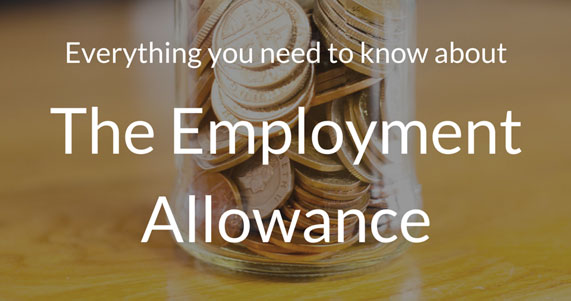Legislation & Rates
Legislation included in Finance Bill 2016 implements the new 0% rate for dividend income, as well as changing the rates of tax for dividend income. Once enacted, the changes will apply from 6 April 2016. Broadly, the new nil rate applies to the first £5,000 of a person’s dividend income and is available annually. From 6 April 2016, UK residents pay tax on any dividends received over the £5,000 allowance at the following rates:
7.5% on dividend income within the basic rate band;
32.5% on dividend income within the higher rate band; and
38.1% on dividend income within the additional rate band.
Dividends received on shares held in an Individual Savings Account (ISA) continue to be tax free.
Self-Assessment
Individuals in receipt of dividend income who will fall into the self-assessment regime for the first time, will need to notify HMRC accordingly. Self-Assessment returns for the 2016-17 tax year need to be submitted by 31 January 2018.
In relation to Corporation Tax
The introduction of the new allowance is designed to help the Government with its plan to reduce the rate of corporation tax in the coming years – as announced at Budget 2016, the main rate of corporation tax is expected to be reduced from its current rate of 20% to 17% by 2020. The overall policy objective is that only those with significant dividend income, or those who are able to pay themselves dividends in place of wages, will pay more tax. It is estimated that around one million individuals will pay less tax on their dividend income due to the new dividend allowance.
Company and Individual Allowances
The dividend allowance will apply to dividends received from UK resident and non-UK resident companies. Dividend income that is within the dividend allowance (and savings income within the new savings allowance) will still count towards an individual’s basic or higher rate limits – and may therefore affect the level of savings allowance that they are entitled to, and the rate of tax that is due on any dividend income in excess of this allowance.
Which Tax Band
In calculating into which tax band any dividend income over the £5,000 allowance falls, savings and dividend income are treated as the highest part of an individual’s income. Where an individual has both savings and dividend income, the dividend income is treated as the top slice.
– See more at: http://www.charteredaccountantonline.com/blog/general-business-advice/dividend-allowances-explained-in-a-nutshell/#sthash.0pKNUbk0.dpuf




